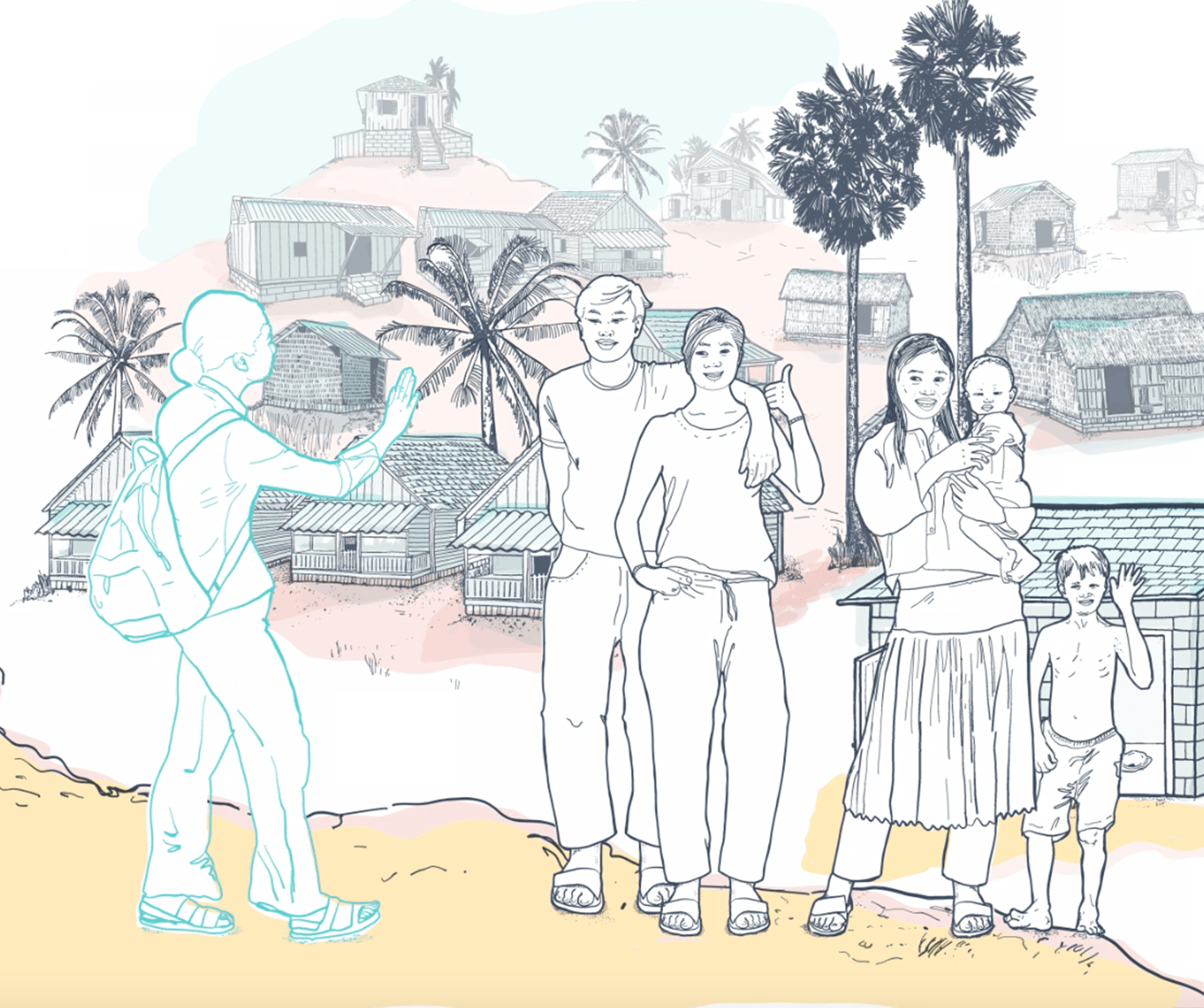Cities around the world are increasingly becoming the main drivers of trade, investment and local economic development. However, not enough attention is being paid to the fastest growing urban areas, and the ones with the greatest potential to shape our urban future: secondary cities.
These cities, ranging in size from between 150,000 and 5 million people, represent one of the biggest opportunities for urbanising economies globally. Some 75% of the world’s population lives in urban settlements of fewer than 500,000 people.
Despite their growing role, countries often ignore the productive role that secondary cities can play in a balanced national system of cities. As a result, many secondary cities are facing numerous development challenges – including creating jobs, attracting investment for needed infrastructure, and diversifying or revitalising their economies – with far fewer options than their larger counterparts.






